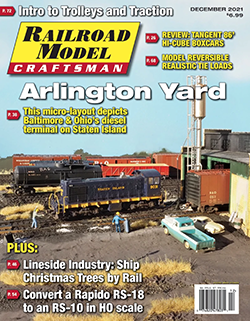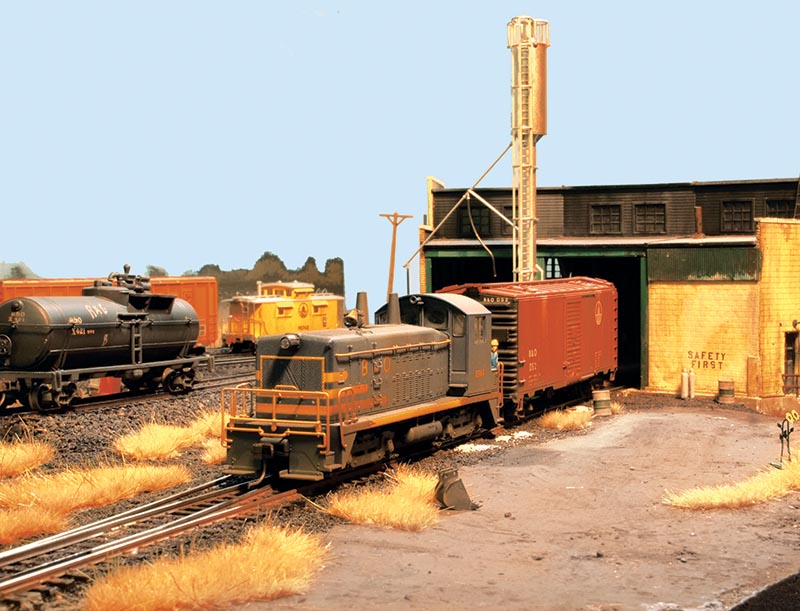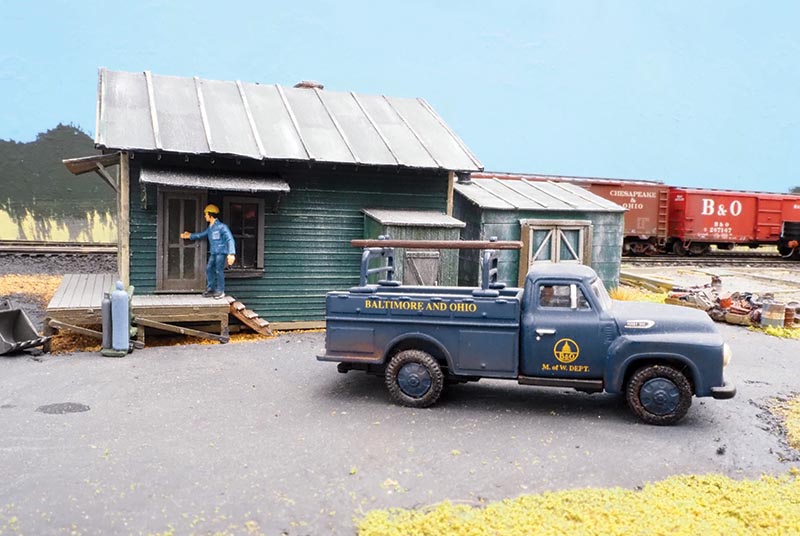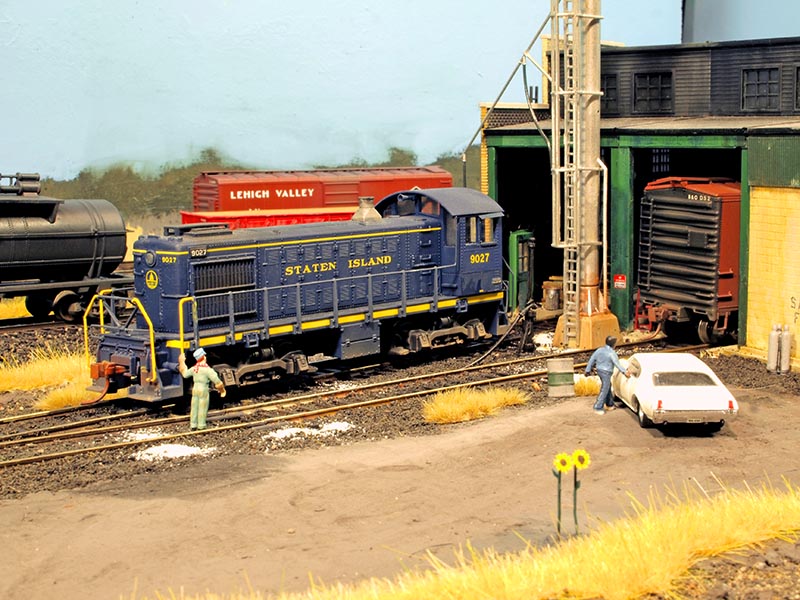 By Marc Pitanza/photos as noted
By Marc Pitanza/photos as noted
Most people know the Baltimore & Ohio Railroad as the first common carrier in the United States, connecting the port of Baltimore with the Western territories, reaching Wheeling, W.Va., by 1853. By the late 19th century, B&O was desperately looking to establish a waterfront terminal at New York Harbor. The Eastern trunk line found inexpensive and plentiful land on Staten Island, a part of New York located just off the shores of New Jersey at the southern end of the harbor. In 1886, the railroad built a large terminal at St. George where it could float freight cars and interchange with other railroads coming up to the shores of the Hudson River.
In 1885, B&O gained control of the tiny Staten Island Railway, and quickly expanded to reach all the way down to the island’s southern tip at Tottenville. The Arthur Kill Drawbridge was opened in 1890, creating a connection to the mainland at Cranford Jct., N.J., with the Central Railroad of New Jersey (CNJ). Operations on Staten Island were connected to the rest of the B&O system via trackage rights over Reading and CNJ from Philadelphia to Jersey City. The B&O also operated a land-locked freight terminal on Manhattan island at 26th Street, which was also reached by car float.

ABOVE: B&O NW2 8564, an ex-Pere Marquette switcher, is delivering diesel sand car DS2 to Bay Two. The PM NW2 switchers were common visitors to Staten Island in the late 1970s. This is a model by BLI.
With plans announced (but never completed) to construct a rail tunnel from Staten Island to Brooklyn, the Staten Island Rapid Transit Railway was electrified in 1925 and used the same type of rapid transit cars ordered by the Brooklyn-Manhattan Transit (BMT) lines and designed to fit in their subway tunnels. A number of freight customers were also located along SIRT, served from the largest freight yard built in the northwest corner of the island and called Arlington Yard.
Staten Island Rapid Transit was one of the first B&O lines to fully dieselize. The road took delivery of a General Electric 65-ton center-cab switcher in 1943 and then ordered eight Alco S-2 switchers numbered 482-489. The last steam locomotive was retired in 1946. All diesels were painted in B&O Royal Blue paint with staten island in Dulux gold lettering on the long hoods.
The rapid transit operation was turned over to the Metropolitan Transportation Authority in 1971, with B&O (by now part of Chessie System) retaining freight rights. Traffic included lucrative coal trains to the Consolidated Edison power plant as well as service to the massive Procter & Gamble operation. With the massive consolidation of freight service around New York under Conrail, cross-harbor traffic dropped off dramatically after April 1976, and the car float operation at St. George closed in 1980.

ABOVE: This simple structure was kitbashed from a Walthers kit, and represents the welder’s shed at Arlington Yard.
Arlington engine house succumbed to fire in the late 1980s and was razed by 1992. The remaining shoestring freight operation was sold to New York, Susquehanna & Western in 1985, but freight service across the Arthur Kill ended in 1991. The bridge was reopened in 2006, with service resuming to an expanded Arlington Yard to service a small container terminal at Howland Hook.
As a native Staten Islander, I became interested in the line as a pre-teen in the mid 1980s. I made field trips to St. George Yard with my dad on multiple occasions to explore what Chessie System left at the aging site. I did not get around to modeling the line until 2000, when I built a series of N scale dioramas and switching layouts based on my favorite scenes. I’ve always worked in both HO and N scale. In 2006, I was excited to hear that Atlas, following my suggestion, was releasing an HO scale factory-decorated S-2 decorated as SIRT 482. This release inspired me to start building in HO again.
In 2014 I began working on a SIRT book project that was published by Arcadia in 2015. My friends and fellow SIRT modelers Tom Griffiths and Don Spiro lent me slides of the Arlington engine house. The photos were taken in the mid-1970s and they showed a fascinating mix of motive power being serviced at the facility. At that time B&O was rotating a lot of power out of its home rails in Philadelphia. Many locomotives from EMD became common visitors to Staten Island, including EMD GP9, NW2, and SW9 models. While most units wore the older B&O Royal Blue, finding locomotives painted in the bright yellow and vermillion Chessie scheme was not uncommon as well. It was this variety in old and new locomotives and paint schemes that led me to model the engine house at Arlington in HO…



